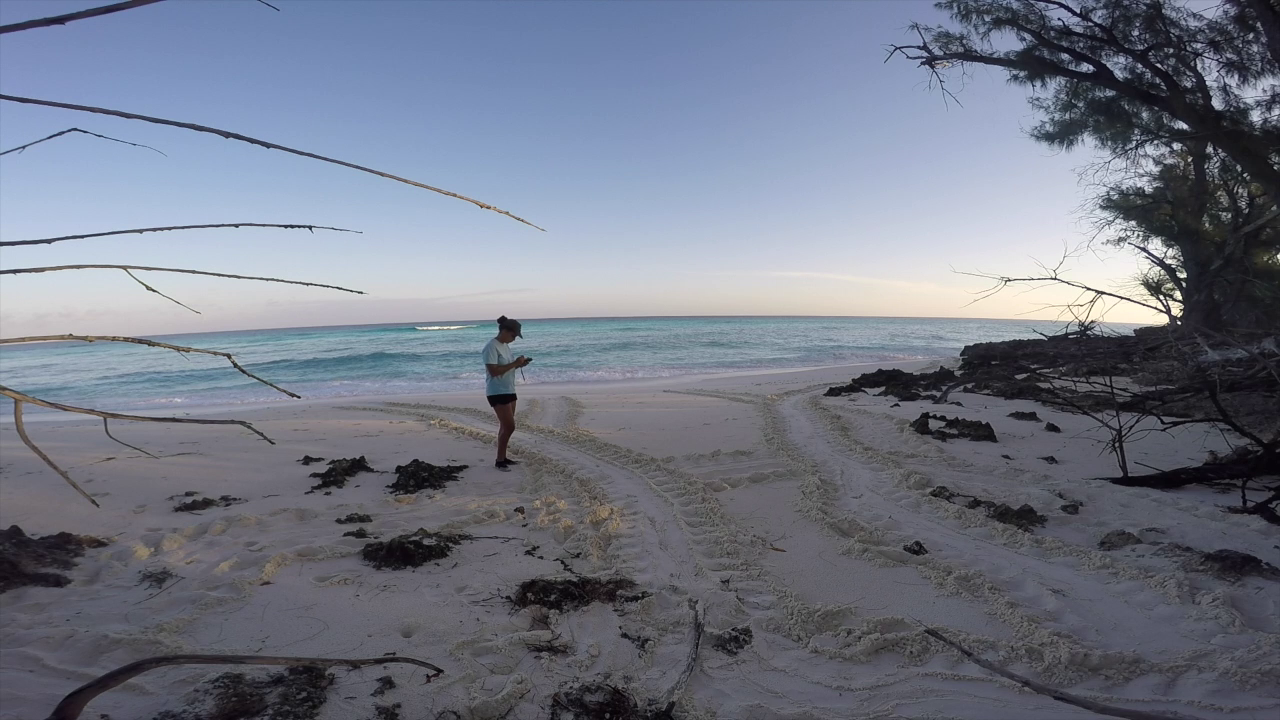Collaboration with any and all Private and Public Organizations who share the same concern for health, environment and the welfare of farmers and their communities
snapshot of logos of supporting organizations and strategic partners
zidofa
Global warming and climate-change is a global issue and solutions to avert climate change from tipping over and slow down global warming should likewise be global in nature.
"While we are relatively small individually…I believe that working together for a greater purpose, we can achieve our goals; many in body and one in mind." Ken Lee, Lotus Foods.
ZIDOFA's attainment of near completed status for the targetted closed-loop organic SRI rice value chain in the span of just two years despite the absence of a resident sponsoring NGO or support organization is attributable to its strategic partnerships with both private organizations and government agencies. As such, the various components of the value chain, mainly infrastructure, logistical and equipment support were granted by varying organizations and agencies.
At the start of the project, ZIDOFA submitted the Project Plan to as many private and government entities as possible and a year after project start, also submitted Executive Briefs to heads of agencies outlining the milestones, achievements and constraints met by the farmers. As such, by year two, the concerned organizations and agencies were well aware of the project and eventually became project partners thereby setting an unprecedented model for convergence.
Communication channels established early on
Sharing the Mission and Vision and Objectives of the Project to stakeholders
Sharing not just achieved milestones but challenges and obstacles as well in clear manner
Transparency and regular and prompt progress reports
Focus on farmers, health and environment with no political, religious or other leanings.
Scope should be local, national and global
Need for a physical office is imperative.
A communications officer and liason team should be put in place.
Funds for communication should be allotted and secured
Project meetings and reports should be well organized, archived and backed up.
